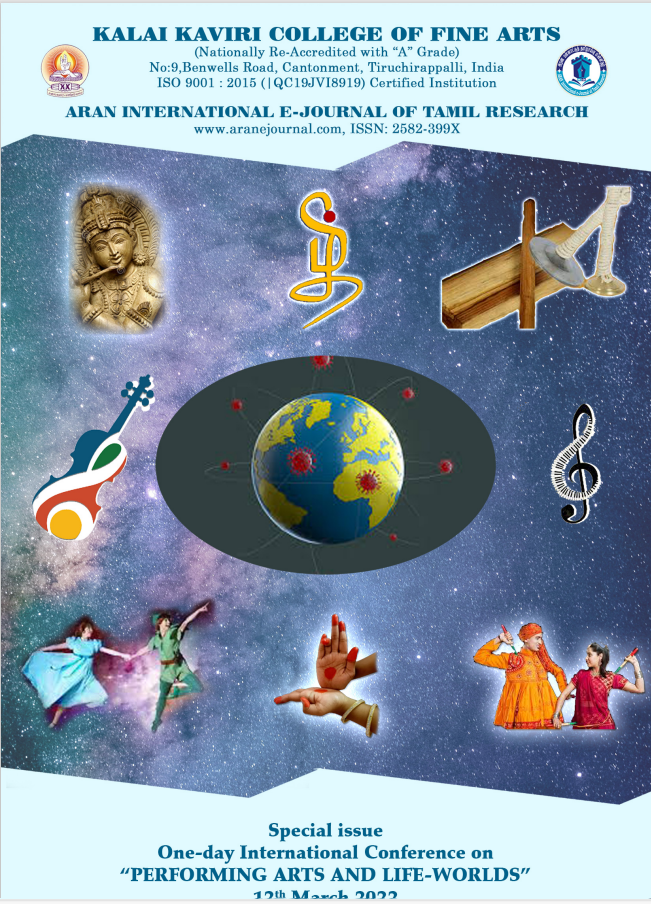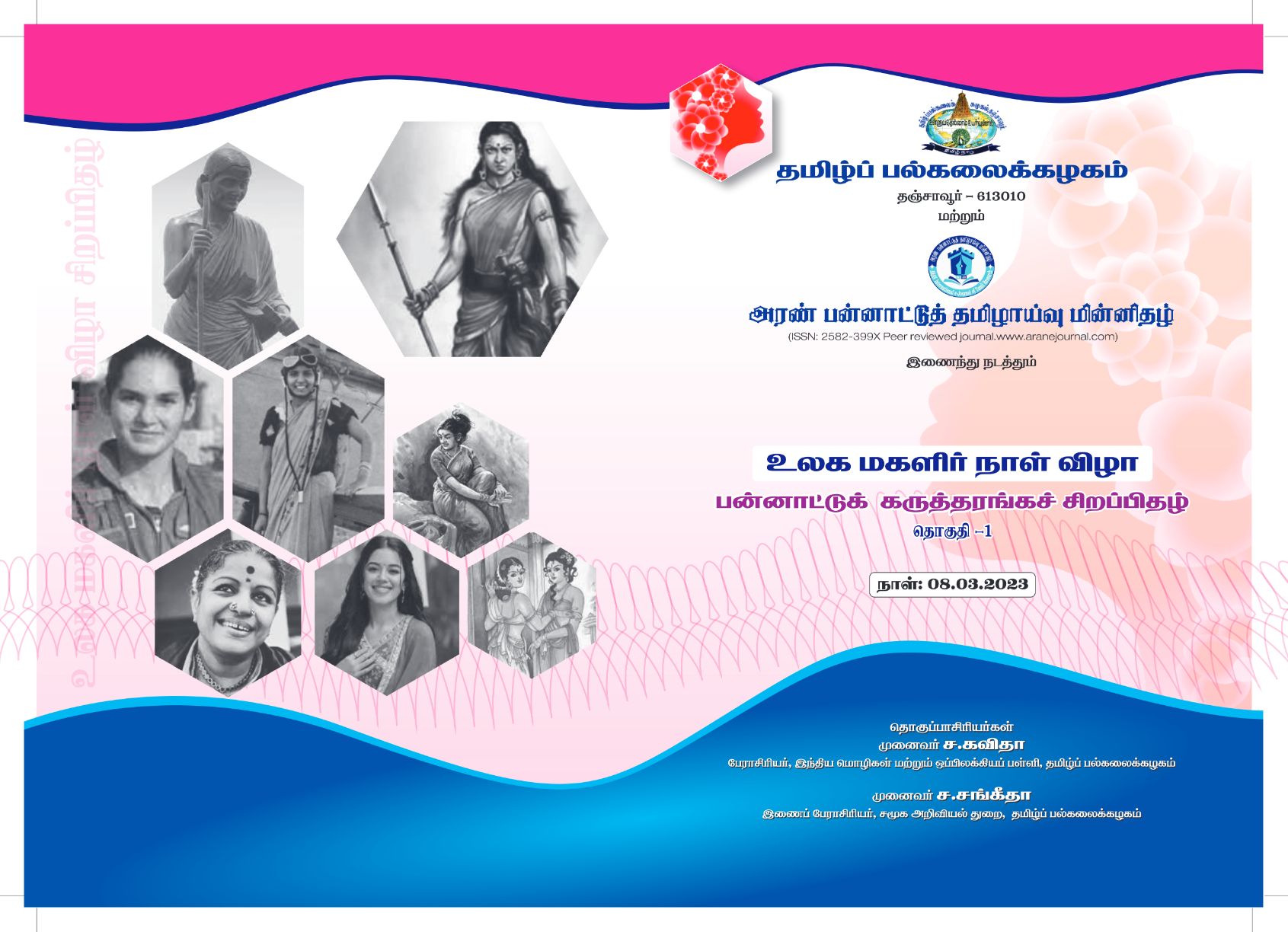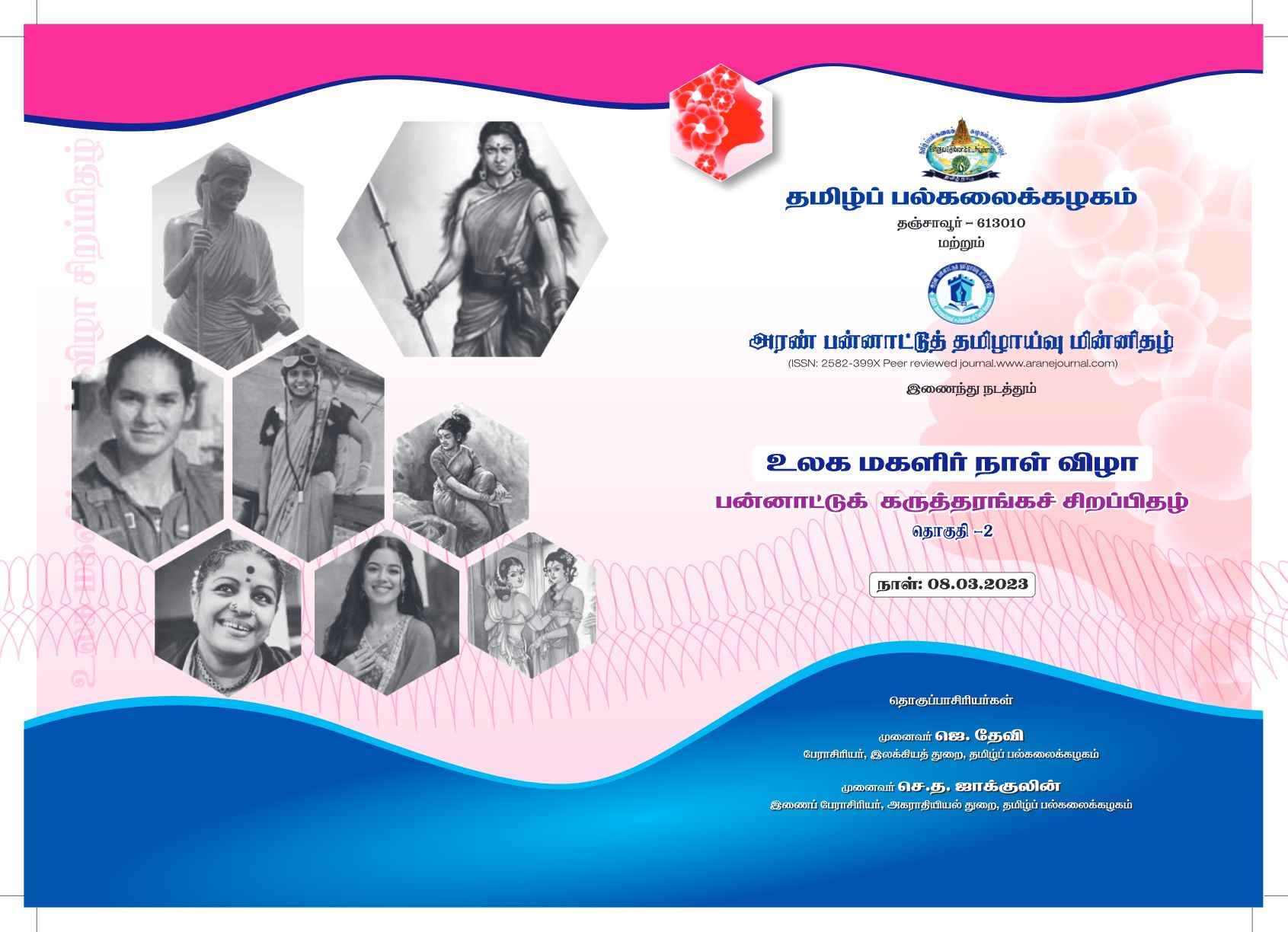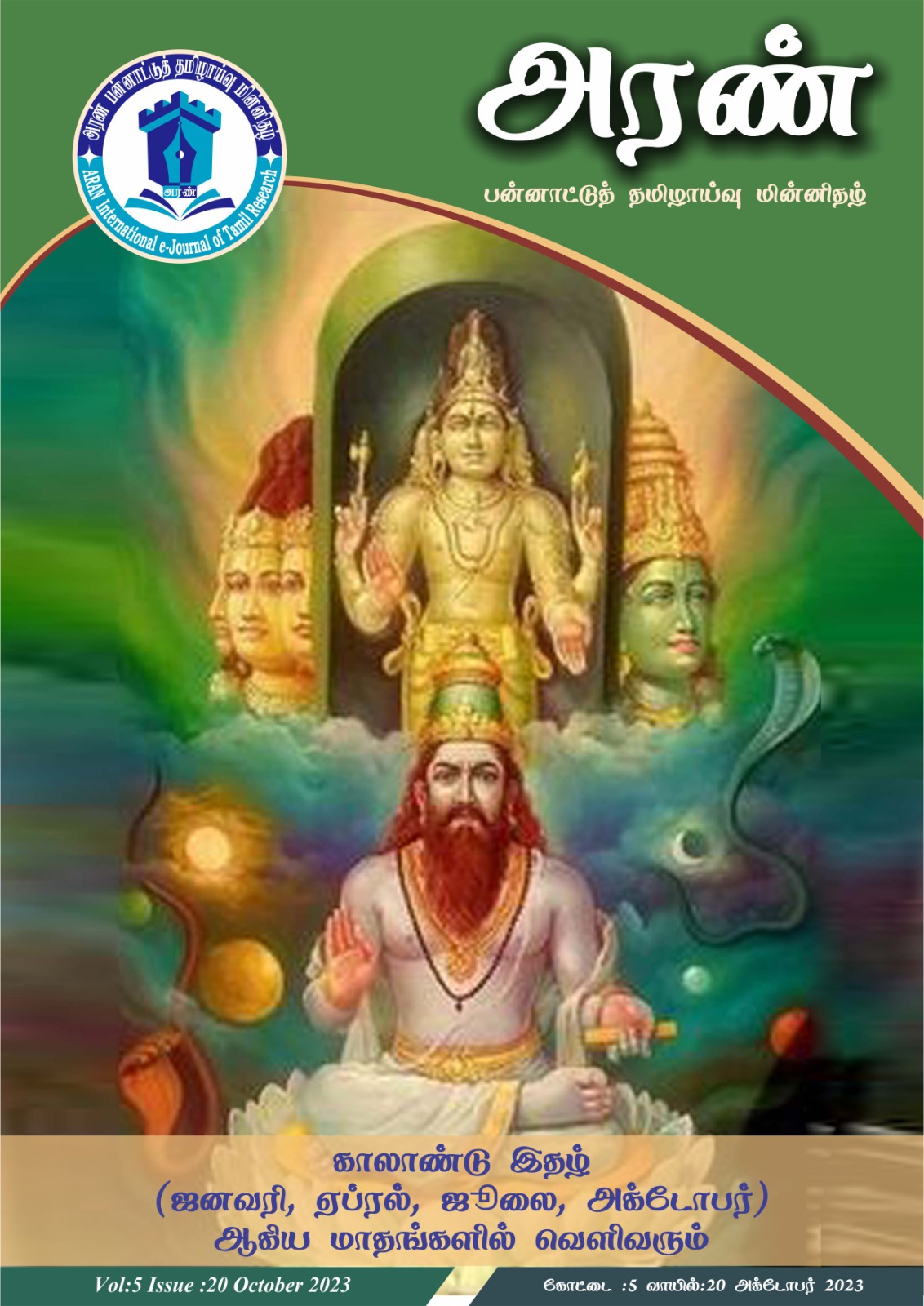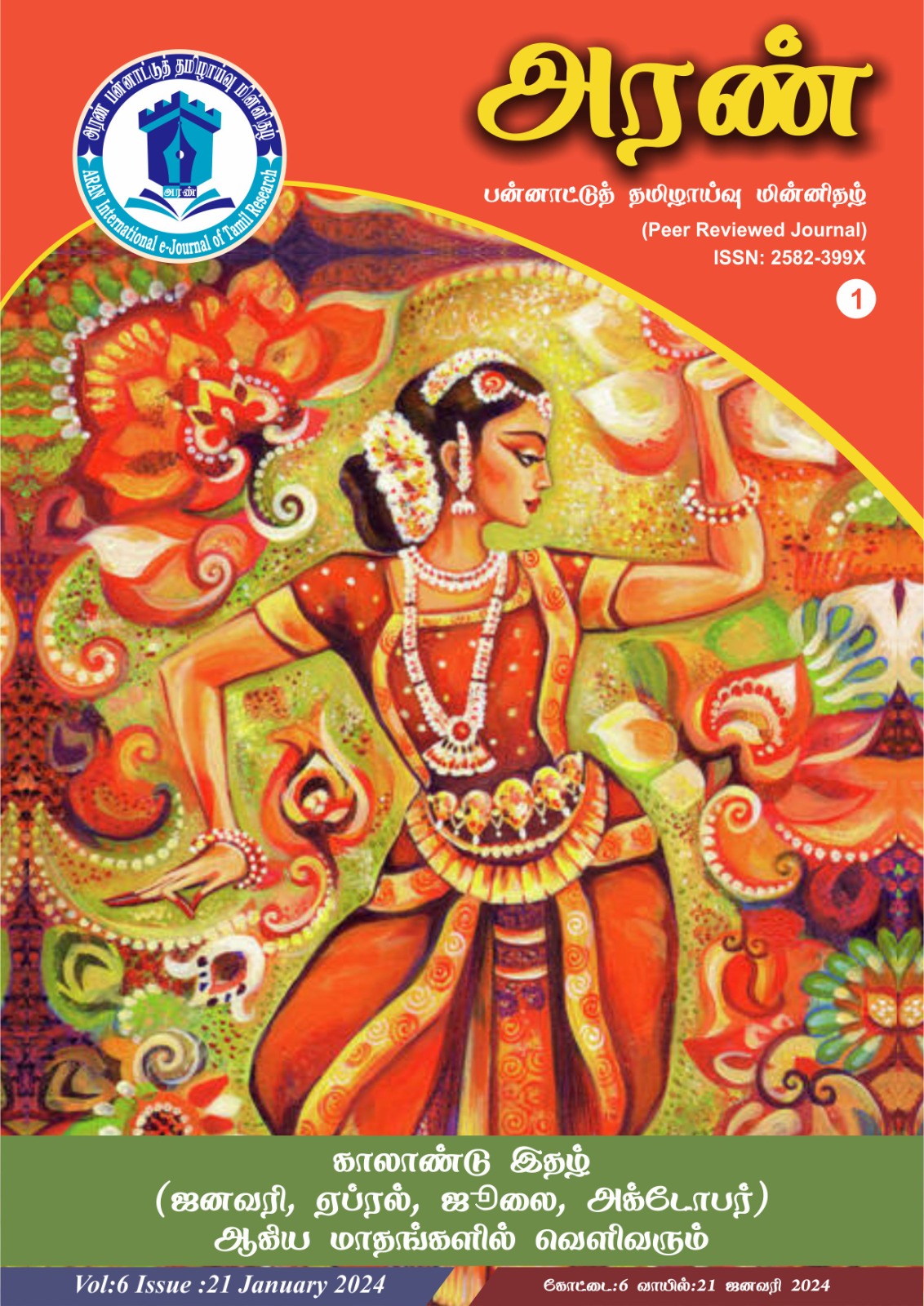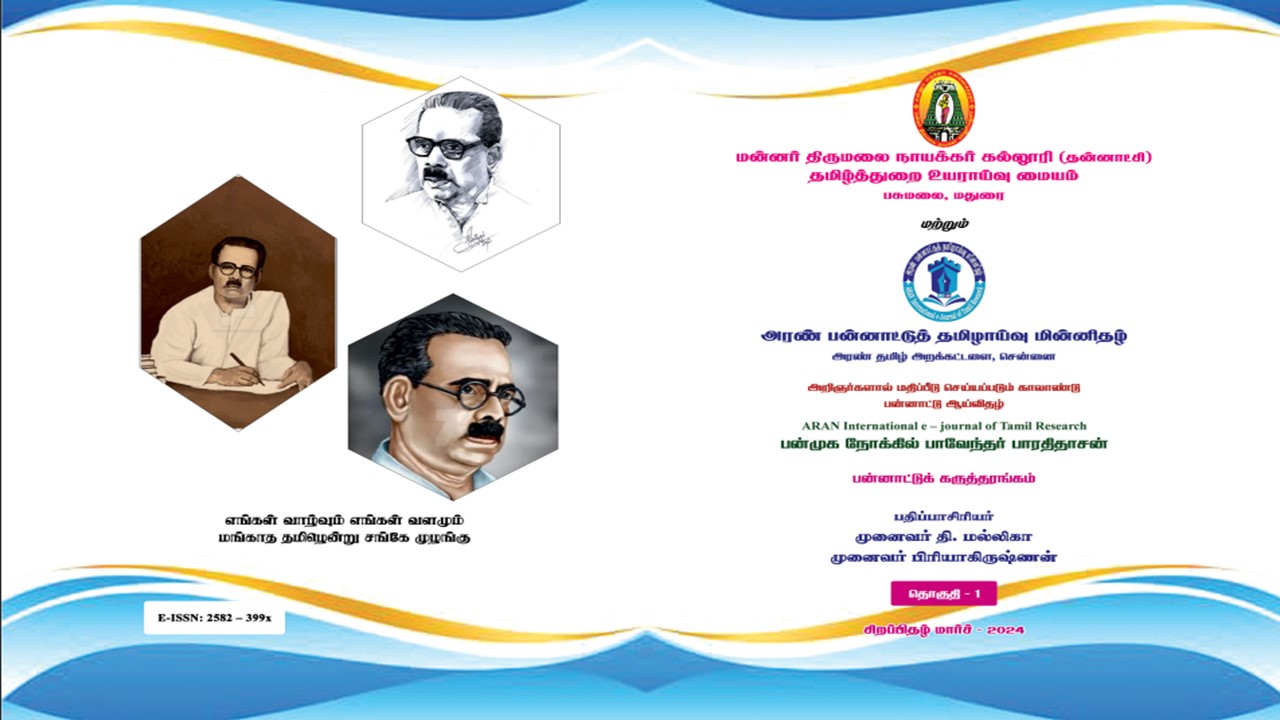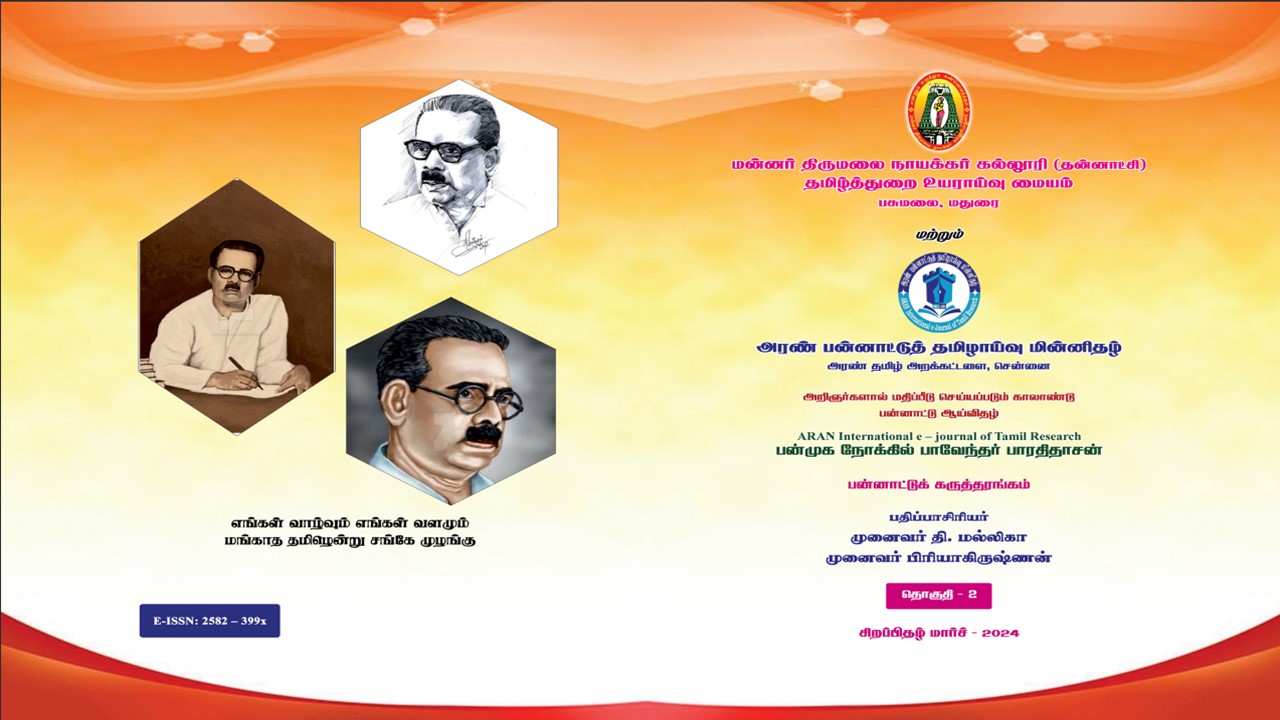The Impact of Online Instruction on Academic Performance
Abstract
The outbreak of the COVID-19 pandemic has transformed the landscape of global education. As a result, online instruction has become an important part of every level of education. This quantitative study attempts to elucidate the impact of online instruction on the academic performance of the second-year English language learners of Swamy Vipulananda Institute of Aesthetic Studies. Academic performance assessment tests are used to derive primary data. Sources of secondary data include books, journals, newspapers, and online resources. The findings of this study show that there is no significant difference in academic performance between face-to-face English language learners and online English language learners. Moreover, this research is extremely valuable for all the stakeholders of Sri Lankan Higher Education, as it attempts to create awareness towards building a resilient education system and inclusive learning at times of crisis. Consequently, higher education institutions in Sri Lanka can learn from the COVID-19 pandemic and plan for online instruction in advance.
Keywords: Academic performance, COVID-19, English language, Online instruction
1. Introduction
The rapid spread of the COVID-19 pandemic upended all walks of life. The way people live, learn, and work changed dramatically. Most countries enforced stern precautionary procedures such as quarantines, national and localized curfews and lockdowns, travel restrictions, physical distancing, social distancing, frequent disinfection processes, using face masks and face shields, maintaining personal and respiratory hygiene, and hand-washing, etc., to curtail the spread of the disease.
Sri Lankan government rapidly implemented several protective measures to fight against the COVID-19 pandemic when a Sri Lankan national was tested positive to COVID-19. A task force was formulated to keep track of the spread of COVID-19, awareness programmes were conducted, Sri Lankans arriving from foreign countries were asked to undergo quarantine process, issuing visas for foreigners was suspended, airports were closed, numerous public health guidelines and circulars were produced, quarantine centres were established in many areas, disinfection processes were initiated, curfew was imposed, and the Tri-Forces of Sri Lanka was involved to combat the pandemic. The government introduced work-from-home programme.
The COVID-19 pandemic produced massive turmoil in the education system. Approximately, 1.6 billion students in more than 190 nations were affected (United Nations, 2020). All the higher education institutions around the world suspended face-to-face classes and continued their instruction online because of this global public health emergency. Suddenly, lecturers and learners were compelled to shift to online instruction. This move triggered many trials and tribulations to them because they were used to face-to-face instruction. Though higher education institutions were not ready to translate into fully-fledged digitization, online instruction seemed to be the new normal during the COVID-19 pandemic.
The COVID-19 crisis disrupted all the activities including higher education in Sri Lanka. All educational institutions in the country were closed. Suddenly, face-to-face instruction was suspended and all the higher education institutions began to continue their instructions online. The University Grants Commission informed the higher education institutions to conduct synchronous and asynchronous classes via Zoom and the Learning Management System.
Many universities, especially in developed countries had some online instruction options and facilities for students before the COVID-19 pandemic. Transitioning to a fully online mode was not challenging for those universities. Online instruction was not widely popular in Sri Lankan higher education institutions before the COVID-19 pandemic. Like most developing countries, Sri Lankan higher education was not adequately prepared for this sudden transition. The framework and protocols for implementing online learning were not instantly accessible. Therefore, the lecturers and students encountered several difficulties.
Swamy Vipulananda Institute of Aesthetic Studies faced numerous trials and tribulations created by the pathogen. Due to the issues about the various types, rapid spread and consequences of coronavirus and forced by the prolongation of the lockdown, the institute informed that all the courses would be conducted online. The move from face-to-face instruction to online instruction seemed completely new and disconcerting to Swamy Vipulananda Institute of Aesthetic Studies. Learning Management System was urgently created and the lecturers were asked to upload the course contents online with clear instructions. In addition, the learners were required to attend the lectures conducted via Zoom videoconferencing platform. The lecturers and the learners were not familiar with the online instruction environment prior to the COVID-19 pandemic. As they were solely familiar with face-to-face instruction, initially, they did not have the intention or motivation to use online platforms. As a result, they had to manage the challenges of online instruction through a trial-and-error process.
The main research question seeks to unfold the following issue: Does online learning impact the academic performance of the English language learners of Swamy Vipulananda Institute of Aesthetic Studies during the COVID-19 pandemic? The null hypothesis claims that there is no statistically significant difference in the academic performance between online English language learners and face-to-face English language learners and the alternative hypothesis states that there is a statistically significant difference in the academic performance between the online English language learners and face-to-face English language learners.
2. Literature Review
Many studies have been carried out to examine the impact of online learning on academic performance. A study conducted by Alhumaid et al (2020) points out online instruction negatively affects students’ performance. Maslen (2020) states that researchers have informed that students face a decline in their classroom performance as a result of the move to online instruction. Van der Mervew (2011) elucidates academic performance is correlated not only with gender and academic ability but also with the length of time students spend in an online classroom. Lamb et al (2020) argue the disparities in basic resources in the families to support online learning, digital divide, differences in learner’s information technology skills and dispositions, issues related to parental support and learning arrangements at homes, lack of online teaching skills of the teachers, absence of research on the best practices of delivering online have the greatest impacts on academic performance of the students. Helms (2014) highlights that online learning has lowered grade point averages and reduced opportunities to get more results, and increased the rate of failure.
According to Paul & Jefferson (2019), there is no significant change in performance between face-to-face and online instruction. Suresh et al (2018) reflect that online learning has a positive influence on the academic performance of undergraduate students.
Numerous studies have been conducted in regard to diverse issues related English language learners in Sri Lanka. Many researchers in different countries have conducted studies to explore the challenges of online learning on academic performance under ordinary distance learning mode. There is no historical evidence for implementing online instruction as an alternative learning mode in undergraduate education in Sri Lanka. As online instruction is a new phenomenon in Sri Lankan tertiary education system especially at the undergraduate level, few studies have been carried out about the impact of online instruction on the academic performance of English language learners. Therefore, this study attempts to fill the gap that exists in literature related to the impact of online instruction on academic performance.
3. Methodology
This study employed academic performance assessment tests as the primary data collection method. Secondary data were collected from books, journals, newspapers, and online resources. The learners’ performance was evaluated quantitatively by comparing academic performance assessment test score differences between face-to-face and online instructional designs.
Academic performance assessment test means the procedure of evaluating the intended learning outcomes that students obtain at the end of the course. It is an important aspect by which education quality is assessed and assured (Tian & Sun, 2019). Assessment helps the stakeholders of education to get a clear understanding of learners’ performance, development, and the need for reflective practice.
A comparison of academic performance test scores was made between face-to-face and online instructional modes of the course ASU 2112 English I. Usually, the course, ASU 2112 English I is offered in the second year first semester as an additional subject. All the students who study Carnatic Music, Dance, Drama & Theatre Arts and Visual & Technological Arts are required to study this course. It is a two-credit course. The duration of the course is 30 hours. The classes are conducted two times a week.
The course was delivered in face-to-face mode in 2019 (June - September) and it was shifted to online mode in 2020 (April - July). The online classes were conducted via Zoom video conferencing platform. Course contents, resources, exercises, references, upcoming activities, assignments, and recorded lectures were uploaded to the Learning Management System. WhatsApp groups were created for emergency contact. The learners got immediate assistance by contacting the instructors using the Learning Management System or Zoom platform, or WhatsApp during working hours.
Two instructors have been teaching the course, ASU 2112 English I, for over three years. According to the students’ feedback obtained by the Internal Quality Assurance Council of Swamy Vipulananda Institute of Aesthetic Studies, the two instructors are rated high in terms of academic and professional skills. The instructors used identical syllabi, course materials, resources, exercises, and references in face-to-face learning and online instruction.
The students’ performance was assessed by academic performance assessment scores. The face-to-face sample included 64 learners who completed ASU 2112 English I, via face-to-face mode in 2019, while the online sample comprised 64 learners who finished the same course via online mode in 2020. The total number of questions, duration, level of difficulty, and the method for calculating the total score were similar for face-to-face and online instructional modes because the same question paper was used to carry out the research. The face-to-face sample completed their course in a traditional classroom in 2019 and sat for a paper-based academic performance assessment test in an on-campus setting after completing 30 hours of face-to-face instruction. The academic performance assessment test for the online sample was conducted in paper format in an on-campus environment after finishing 30 hours of online instruction. The scores of academic performance assessments of two groups of learners (64 face-to-face learners and 64 online learners) were gathered by the researcher who is attached to the institution.
4. Data analysis
Comparing different groups is one of the most popular statistical processes in teaching English as a second language. As the groups are unrelated, learners’ academic performance was evaluated quantitatively by comparing academic performance assessment score differences between face-to-face and online instructional designs using independent samples t-test. The independent samples t-test is the most general and simple test when comparing mean differences between two groups. This study considers academic performance assessment test scores as the dependent variable and online learning as the independent variable.
Table 4.1 Group statistics
Table 4.1 illustrates the Group Statistics, which offers details of the descriptive statistics regarding the sample size, means, standard deviation for each group, and standard error of the mean. There are 64 face-to-face English language learners and 64 online English language learners. The mean of the academic performance assessment test score for the face-to-face English language learners is 60, and the mean of the academic assessment test score for the online English language learners is 62. The online English language learners tend to have a higher average of academic performance assessment test score than face-to-face English language learners in the population. The standard deviation column shows the spread of the data, which means that, on average how far the total academic performance assessment test score deviates from the mean. The standard deviation of face-to-face English language learners is 11.09984 and the standard deviation of online language learners is 11.98408. The spread of the data is very identical for face-to-face English language learners and online English language learners. Though online English language learners attained a higher mean score than the face-to-face English language learners, an independent samples t-test was performed to ascertain whether this difference is statistically significant.
Table 4.2 Independent samples t-test
|
Independent Samples Test |
||||||||||
|
|
Levene's Test for Equality of Variances |
t-test for Equality of Means |
||||||||
|
F |
Sig. |
t |
df |
Sig. (2-tailed) |
Mean Difference |
Std. Error Difference |
95% Confidence Interval of the Difference |
|||
|
Lower |
Upper |
|||||||||
|
Score |
Equal variances assumed |
1.388 |
.241 |
-1.209 |
126 |
.229 |
-2.46875 |
2.04185 |
-6.50950 |
1.57200 |
|
Equal variances not assumed |
|
|
-1.209 |
125.267 |
.229 |
-2.46875 |
2.04185 |
-6.50973 |
1.57223 |
|
The table 4.2 shows the results of the independent samples t-test. The F indicates the statistical value of Levene’s test and Sig represents the p-value corresponding to the test statistics. One assumption of the independent samples t-test is that the two samples have approximately equal variances. This assumption is tested using Levene’s test for equality of variances. This test elucidates whether the variances are equal. The null hypothesis for Levene’s test states that if the p-value is greater than 0.05 the means variances are not statistically different and the alternative hypothesis assumes that if the p-value is less than 0.05 the variances are significantly different. The Levene’s F value is 1.388 with a p-value of .241. The Levene’s test is not statistically significant. As the p-value is greater than .05, the variances are not statistically significantly different. The test offers evidences that the variances are equal in the population. Therefore, the top line of the independent samples t-test that is referred to as “Equal variances can be assumed” can be used to interpret the results.
The t statistics is -1.209 with 126 degrees of freedom. The degrees of freedom is calculated by adding the sample sizes of the two groups together minus two (n1 + n2 = 2). The p-value is .229. The mean difference between the groups is -2.46875. The Sig. (2-tailed) indicates the probability (p-value). To determine if there is a statistically significant difference between the two groups comparison was made with the set significant level (a = .05) with the probability value. If the probability value is equal to or less than .05 (p £ .05), the null hypothesis can be rejected and it can be concluded there is a significant difference between the two groups. If the probability value is greater than .05 (p > .05), then the null hypothesis can be maintained and it can be resolved that there is no significant difference between the two groups. In Table 4.2, the probability value is .229. This means that the study reveals that the null hypothesis can be retained and there is no statistically significant difference in the academic performance of the face-to-face English language learners and the online English language learners. Therefore, online instruction did not affect the academic performance of the second-year English language learners of Swamy Vipulananda Institute of Aesthetic Studies.
5. Conclusion
There is no significant difference between the mean score of academic assessment tests scores of face-to-face English language learners and online English language learners. According to the results derived from academic assessment tests scores comparison, online English language learning has not positively or negatively impacted students’ academic performance. The unexpected move to online learning has left all the stakeholders of education in a challenging situation. There have been several obstacles in successfully implementing online learning in Higher Education Institutions in Sri Lanka, and Swamy Vipulananda Institute of Aesthetic Studies is not an exception. Severe threats inflicted by the COVID-19 pandemic and trials and tribulations in implementing online instruction has created various problems related to learning. Fortunately, these issues have not seriously affected the academic performance of the second-year online English language learners of Swamy Vipulananda Institute of Aesthetic Studies.
6. References
Alhumaid, K., Ali, S., Waheed, A., Zahid, E., & Habes, M. (2020, September 30). COVID-19 & E-learning: Perceptions &Attitudes Of Teachers Towards E-Learning Acceptance in The Developing Countries. Zenodo. https://zenodo.org/record/4060121#.X-cArlUzbIU
Helms, J. L. (2014). Comparing Student Performance in Online and Face-to-face Delivery Modalities. Online Learning, 18(1), 15–20. https://doi.org/10.24059/olj.v18i1.348
Lamb, S., Marie, Q., Doecke, E., Noble, K., Pilcher, S., & Macklin, S. (2020, April 28). New research shows the impacts of online classroom on learning. Victoria University | Melbourne Australia.https://www.vu.edu.au/mitchell-institute/schooling/new-research-shows-the-impacts-of-online-classroom-on-learning
Maslen, G. (2020, May 4). COVID-19 – Online leads to student performance decline. University World News. https://www.universityworldnews.com/post.php?story=202005041610224165
Paul, J., & Jefferson, F. (2019b). A Comparative Analysis of Student Performance in an Online vs. Face-to-Face Environmental Science Course From 2009 to 2016. Frontiers. https://www.frontiersin.org/articles/10.3389/fcomp.2019.00007/full
Suresh, M., Priya, V., Gayathri, R. (2018). Effect of E-Learning on the Academic Performance of Undergraduate Students. Drug Invention Today, 10 (9), 1797-1799.
Tian, H., & Sun, Z. (2019). Academic Achievement Assessment: Principles and Methodology (Softcover reprint of the original 1st ed. 2018 ed.). Springer.
Van der Merwe, A. (2011). Can Online Learning Boost Academic Performance? A Microeconomics Study. International Business & Economics Research Journal (IBER), 10(8), 45–56. https://doi.org/10.19030/iber.v10i8.5377
United Nations. (2020, August). Policy Brief: Education during COVID-19 and beyond. Https://Unsdg.Un.Org/Resources/Policy-Brief-Education-during-Covid-19-and-Beyond. https://unsdg.un.org/resources/policy-brief-education-during-covid-19-and-beyond

